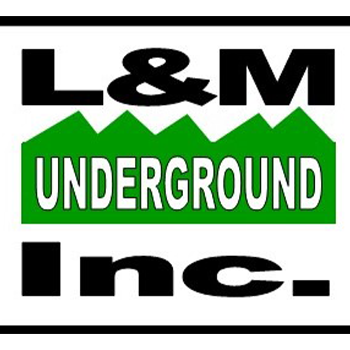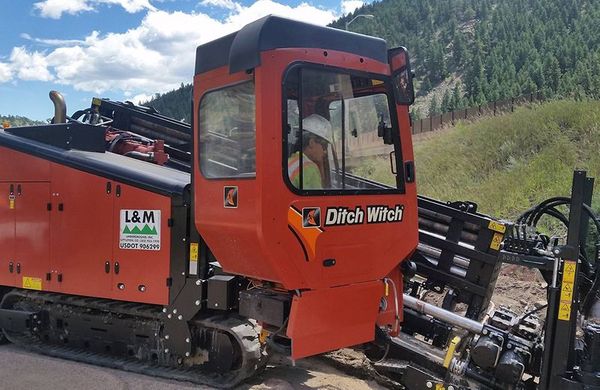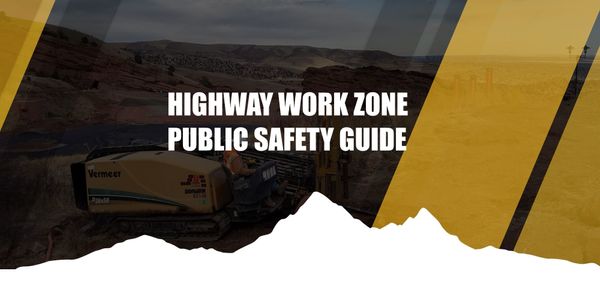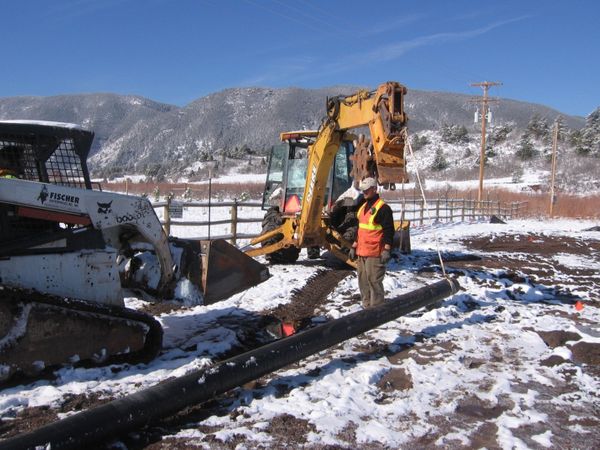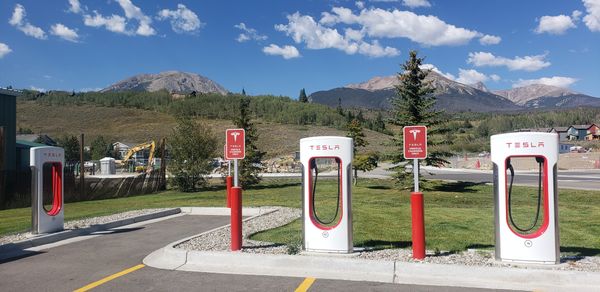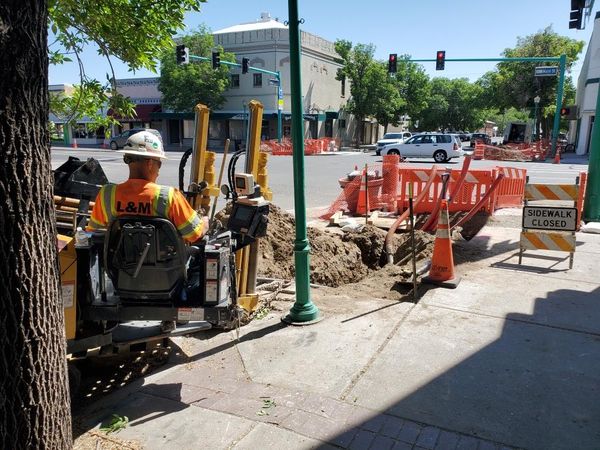Blog
Smart Construction: Why Excavation Safety & Directional Boring Lead in Colorado
Colorado's construction landscape is booming, placing new demands on utility installation. For us at L & M Underground, meeting this demand isn't just about speed; it's about pioneering safety and efficiency. Integrating advanced techniques like directional boring with an unwavering commitment to safety protocols, including precise utility locates, is no longer optional—it's the standard we set.
moreHighway Work Zone Safety
L&M Underground
Every year, the Colorado Department of Transportation (CDOT) undertakes hundreds of construction projects across the state while also maintaining thousands of miles of roadways. However, these work zones can also represent a serious risk to both drivers the crews working them with more than 700 fatalities annually (FMCSA, 2023). In this week’s blogpost we’ll be focusing on the safety strategies that we use every day to ensure work zone safety and what you can do to help.
moreWinter Safety
L&M Underground
The US continues to face massive cold fronts this month, but L&M is still hard at work. So, we thought it would be cool to talk about winter safety in this week’s blog post. Winter weather can pose serious risks to crews out in the field. Icy conditions dramatically increase the risk of slips, trips, and falls while working.
Here’s what you can do about slipping while on foot:
· Wear Proper Footwear: If you’re working at a jobsite, you’re likely doing this already. Most heavy-duty work boots include slip resistant soles but if yours do lack this feature, consider investing in something better suited for the season.
· Walk Cautiously: This probably seems obvious but there’s actually a bit of a methodology to walking on ice. Taking long strides with your legs forming an oblique angle to the ground makes it easy to slip and fall. However, by keeping your weight centered over your front leg and taking smaller steps, you can mitigate the angular forces that cause slippage. Basically, walk like a penguin!
· Be Careful Exiting Vehicles: Even for average drivers, exiting vehicles in winter conditions can be a shaky proposition. But for those who drive large vehicles such as equipment that requires a CDL, it can be outright dangerous. Be sure to maintain a strong grip on the cab of the vehicle as you’re climbing out, even once your feet are on the ground, until you’re steady.
moreAll Charged Up for EV Stations
L&M Underground
As companies and consumers rise to meet the challenges of climate change, Electric Vehicle (EV) technology has evolved at an astounding rate leading to the exponential growth of EV sales. With more people using electric or hybrid cars, many businesses have been working hard to supply and install charging stations for their customers and employees. However, while these charging stations may be new, many of the buildings they provide for are not. Companies therefore often find themselves needing a safe and effective means of installing new electrical utilities without damaging or disrupting existing structures. That’s why in this week’s blog post we’ll be talking about Horizontal Directional Drillings (HDD) role in the installation of EV charging stations and how L&M can help.
By years end, the EV market is expected to have more than 80 models. Meanwhile, the Biden administration continues to pursue its goal of installing 500,000 DC charging stations across the country. With such significant market growth and such lofty government goals, it’s reasonable to wonder how so much electrical infrastructure could be developed so quickly. Like most electrical infrastructure, EV charging stations rely on underground conduits to provide power to their systems. Directional boring is the solution. This trenchless method of installing underground electrical conduits allows for less disturbance to business traffic and surfaces. L&M begins by performing a site survey that determines where existing underground utilities are located so that can be avoided and preserved. Then, rather than being forced to excavate entire lots, bore pits can be dug with minimal excavation. These bore pits serve as the entry and exit points of the electrical conduit, allowing for the space between to be drilled out and the piping pulled through. Upon completion, we can restore those bore pits and can even provide concrete pads for the stations to sit atop. Here at L&M, we've worked with several partners including Hertz and Toyota over the last year to provide power to EV charging stations across the state of Colorado. The trend of electric vehicles and EV charging stations continues to grow, and with the help of HDD and L&M, the future looks bright!
moreThe Heat is On
L&M Underground
Our employees here at L&M can spend a great deal of time out in the sun, and although the summer months may be coming to an end, we all know that Colorado tends to run a season behind. In this week’s blog post we’ll be taking a look at all the ways that those who work out in the field can take to stay cool.
Any doctor will tell you that an ounce of prevention is worth a pound of cure, so let’s begin by discussing the simple yet diverse ways that you can prevent heat exhaustion. It may seem obvious, but it simply cannot be overstated: drink water. Sweating is one of our body’s foremost natural defenses against heat exhaustion and it can’t do it properly without lots of water. Similarly, wearing loose fitting and lightweight clothes can also help with temperature regulation, so no sweaters on the jobsite please! It’s perhaps less well known that sunburns can negatively impact your body’s ability to cool itself (Mayo Clinic, 2022). Wide brimmed hardhats, sunglasses, and sunscreen of at least SPF-15 can all help protect you from sunburns. Our final means of prevention doesn’t apply to everyone but can be critical. Some types of medication (notably Non-Steroidal Anti-Inflammatory Drugs or NSAIDS) can impact your thirst sensation, leading to decreased fluid intake (Walter et al, 2011). These same medications often have diuretic properties causing an increase in urine output. NSAIDS are common in pain-relief medications, which can be quite popular among those who work physically demanding jobs. If you take these types of medication, be sure to pay close attention to your water intake.
moreCity of Delta
L&M Underground
We're happy to have worked with the City of Delta to implement vehicle detection systems and in this blog post, we'd like to take some time to talk about our process. The average Horizontal Directional Drilling (HDD) process involves locating existing underground utilities, digging bore pits, and vacuum potholing to verify utility depths. Once the drilling process is complete, pipe or conduit can be inserted. Traffic systems can then use these conduits to communicate signals, controlling the flow of traffic.
more